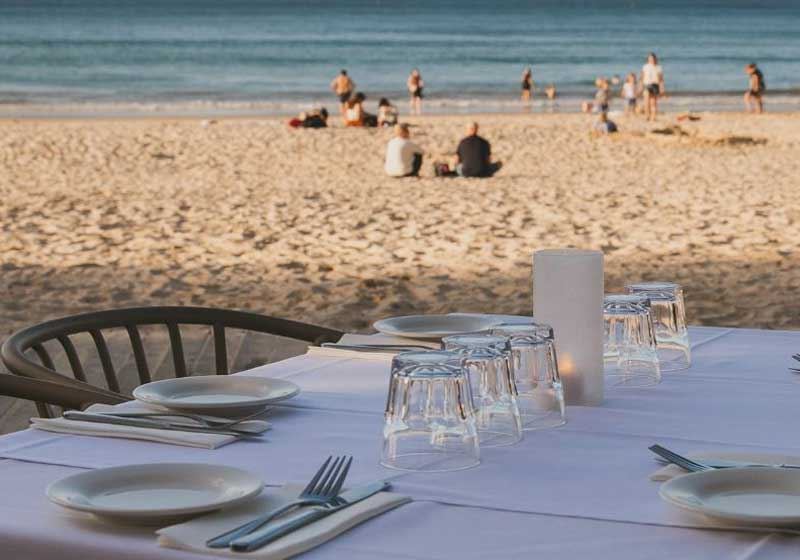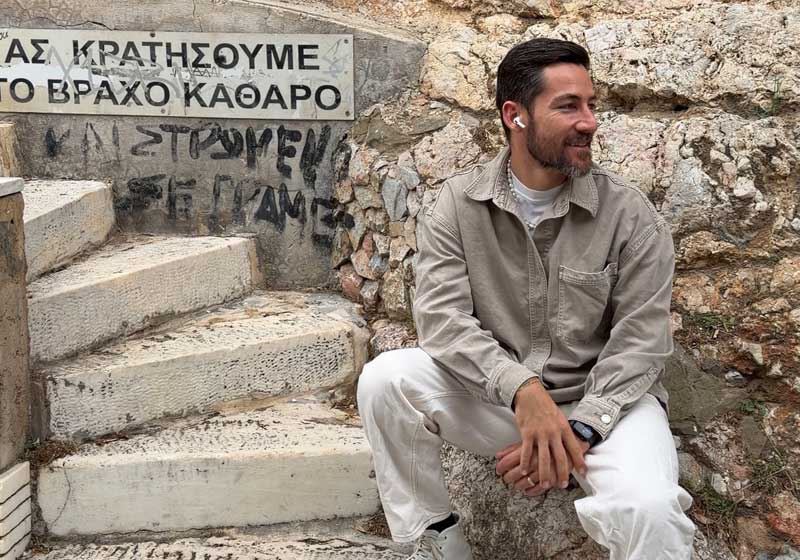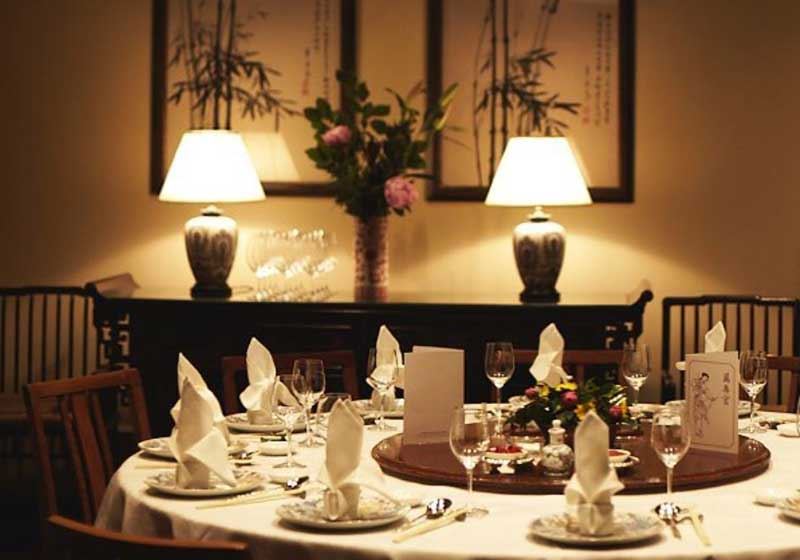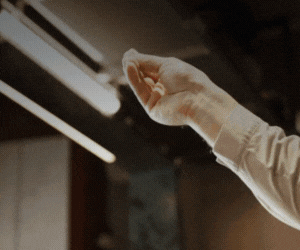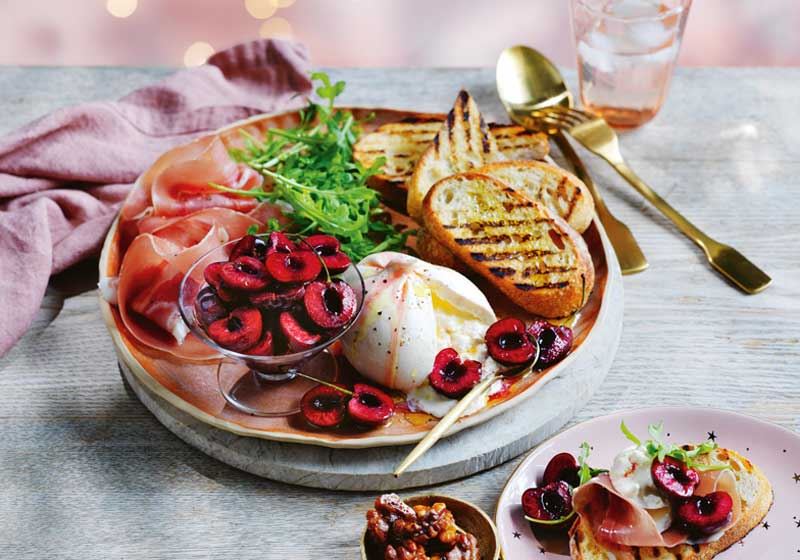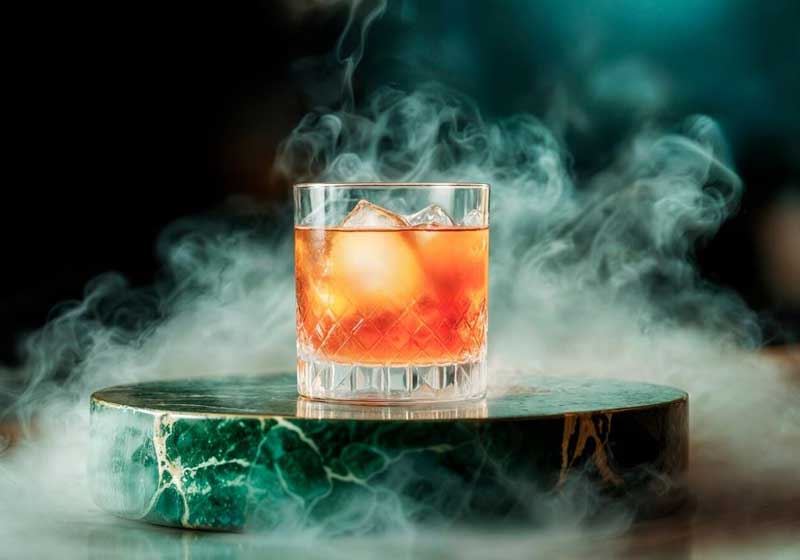By Marie-Antoinette Issa.
From embers to the perfect sear, fire has a language all its own. In part two of our series, some of Australia’s best Chefs delve deeper into the secrets of taming the flame, balancing smoke, heat and timing to create dishes that are as visually stunning as they are delicious.
Pawan Dutta of The Royce Hotels’ Showroom Bar approaches fire with precision and strategy, emphasising preparation as much as flame. "Ensure they heat completely before cooking, as cooking on the flames can be inconsistent,” he explains, noting that lump charcoal or hardwoods such as oak, maple and hickory provide a cleaner, longer and hotter fire. "To start the fire, use Firestarter or chimney starters (for big fires) and avoid lighter fluids as they ruin the flavour.”
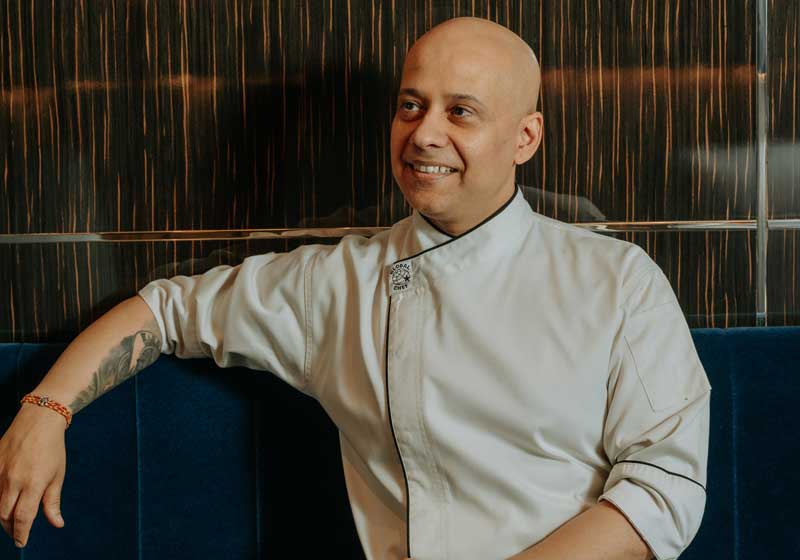
Creating distinct temperature zones is also essential for Pawan. "This is so the food can be moved as needed instead of fiddling with the fire. Elevate slow-cook items and move quick-sear items to the hottest zone.”
Lorenzo Tron, whose Shop225 has been voted Australia’s top pizzeria, treats fire as the true King of his culinary carb powerhouse - where timing, wood and temperature converge to create perfection. "Fire is at the heart of our cooking…it’s crucial to making the traditional wood-fire pizza that we (and Italy generally!) are famous for,” he says.
Oven preparation begins well before service, with logs stacked ‘like a castle’ in the centre of the oven and lit atop paper or cardboard. He monitors the domed oven roof, waiting until it’s pure white, then traces the temperature with a gun thermometer to ensure it’s ready for baking.
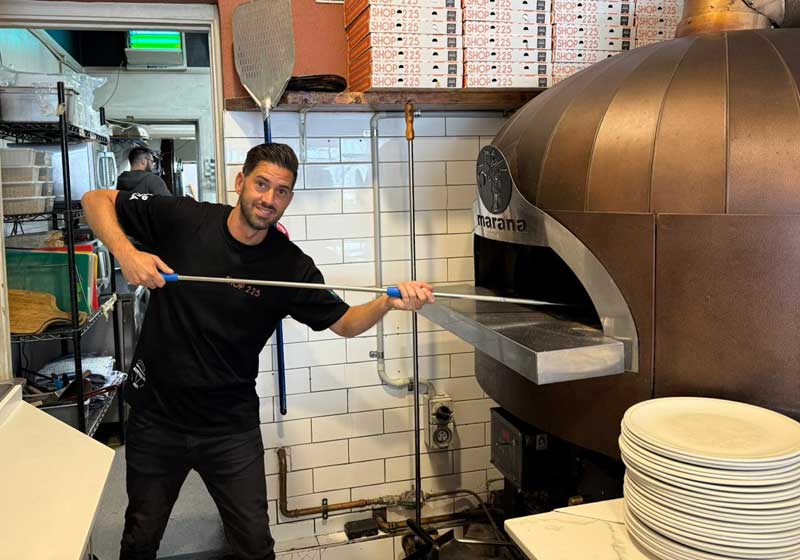
Wood selection is essential. Red gum maintains consistent heat, while briquettes add strong flames to accelerate combustion during busy service. Lorenzo ensures all wood is completely dry before adding it; "Once I see the wood starting to smoke, I know it’s dry and ready to be used.”
Greek eatery Alpha’s Riccardo Pazzona treats fire as more than a mere cooking method. "Fire is a living ingredient; you don’t control it; you learn to work with it,” he says.
The secret is patience and observation. "Let the flames do the work slowly, using their natural intensity to bring depth and character to your food. It’s about balance: a little smoke, a steady heat and respect for the ingredient.
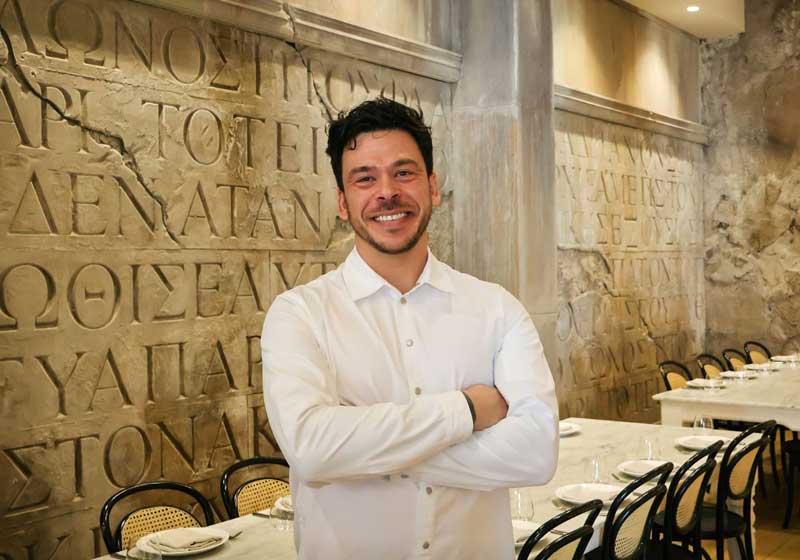
"The type of wood or charcoal you use changes everything. I like to combine ironbark or olive wood for their clean, consistent burn and subtle perfume, with lump charcoal for steady, even heat. The key is to let the fire breathe, don't rush it,” he adds.
At Alpha, dishes from loukaniko sausage to dry-aged swordfish benefit from steady heat and subtle smoke, showing how open flame adds a complexity and depth that other cooking methods cannot replicate.
Bryan Nelson focuses on quality meat and patient technique at Ciao Cielo. "For beef, I only use grass-fed cuts with a minimum marble score of two. At the restaurant, we go for a marble score of four,” he says. "My advice is to look for an even fat distribution – those natural fats caramelise beautifully on the grill and that’s just flavour heaven.”
Seasoning is simple: "Personally, I keep it simple, with just salt (more than most people would expect). Then I drizzle with oil, but not too much. You don’t want flare-ups from excess oil; nothing tastes worse than burnt oil.”
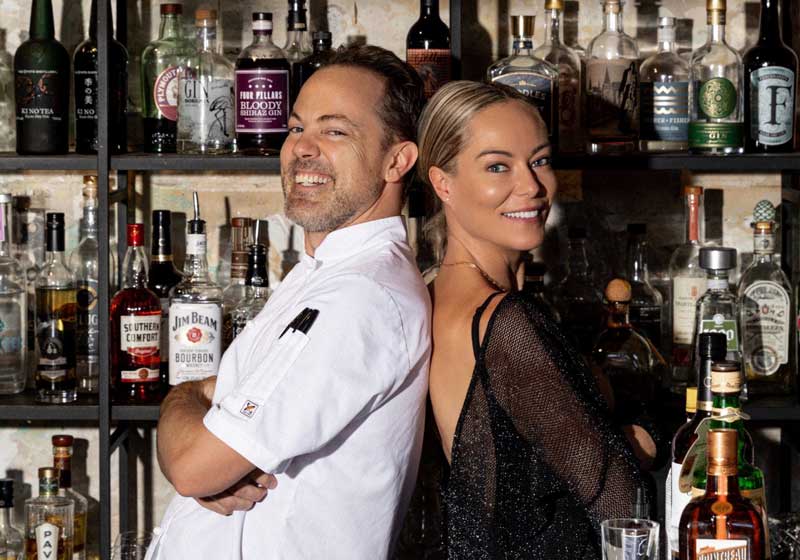
Patience is also key: "Let the meat relax. Around five minutes is enough for most cuts. If you’re working with a big 1 kg T-bone or tomahawk, give it a little longer.”
His passion extends beyond meat. "I love grilling baby cos. Just a little olive oil and salt, charred until it just starts to wilt. It pairs perfectly with slow-braised beef cheek and agrodolce carrots. One of my Summer favourites on the Ciao Cielo menu is a char-grilled watermelon salad: lightly grilled watermelon, bocconcini, olives, mint and prosciutto.”
At Mod Oz Melbourne eatery Rufio, Simon Winson champions fire as a flavour enhancer. "Cooking with open fire delivers a more intense, radiant heat, which produces a superior crust on the meat and helps achieve a better Maillard reaction - that's when the fat in the cut reaches a certain temperature and releases the flavour,” he explains.
The team uses red gum wood "to deliver a nice smoky flavour and large bamboo coal for its sustainable long-burn.”
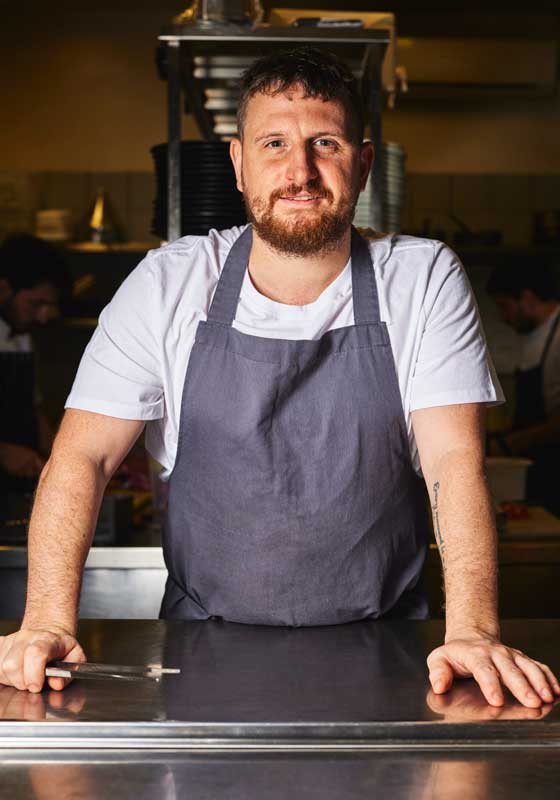
Resting the meat is equally important. "We rest the meat for the exact same amount of time as it took to cook.” Signature dishes, including the 150-day grain-fed bone-in ribeye for two paired with garlic butter chilli Tiger prawns and capsicum, showcase this philosophy. "All components are met with flames and this results in a beautifully intense flavour,” Winson notes, highlighting how fire elevates both taste and technique.
BOS’ Adrian Richardson says cooking with fire is primal, satisfying and all about respect, patience and knowing your heat. "I love cooking with fire. There’s nothing quite like dragging a beautiful piece of meat over hot coals…just like my relatives did thousands of years ago. There’s something primal and satisfying about it. When it comes to cooking with flames, one of the most important things is heat management. Get that right and you’re already halfway to greatness!
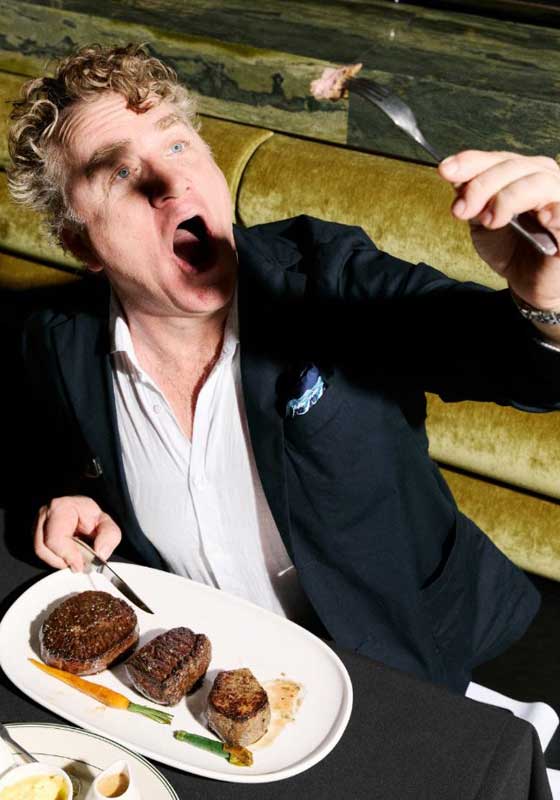
"If you’re cooking something big and bold - say, a thick, juicy steak - you want high, consistent heat,” he adds. That searing fire creates a gorgeous crust while cooking the interior to perfection. For low-and-slow items, like a whole chicken over coals, Adrian starts with a roaring blaze, then lets it settle into glowing embers.
Distance from the fire matters just as much as the heat. "When fat drips into the flames, it can ignite and give off black, bitter smoke - a bit like a burning cigarette. You don’t want that!”


